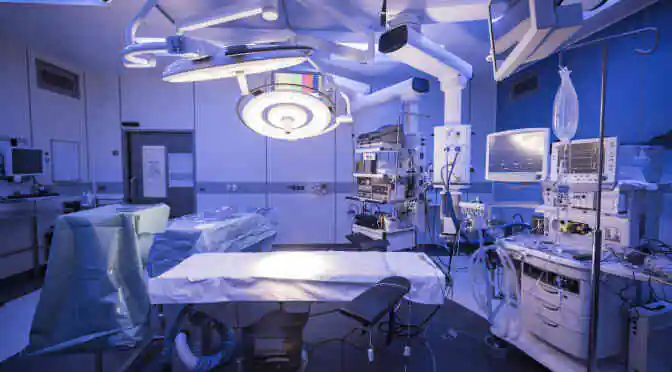Though still an emerging technology, the robotic platform has applications in general surgery, urology, and gynecology. As minimally invasive surgeries (MIS) involve reduced hospital stay, postoperative pain and recovery time, it is being increasingly preferred over the traditional modes of operation and is driving the growth prospects of the gynecologic robotic surgery market at the global level.
Conventional surgery techniques failed to give a better view of the target area of operation, something which the robotic approach readily provides. Along with this, robotic surgeries tend to allow precise movement of instruments and deliver higher patient satisfaction which makes it a perfect option for gynecological applications. Due to these reasons, analysts at Technavio predict the global gynecology robotic surgery market to grow significantly in the next five years, posting a CAGR of around 7% by 2020.
Drivers of gynecologic robotic surgery market
Increasing gynecological diseases in older women
Ovarian cancer and formation of cysts in the uterus are two major gynecological diseases which are mainly found among the older women, though the middle-aged women to are prone these problems. Highly prevalent among women undergoing menopause, the postmenopausal cyst can increase the risk of ovarian cancer as well. This explains why women aged 60 years and above suffer from ovarian cancer. In fact, studies conducted in 2015 found that around 3100,00 new cases of ovarian cancers across the globe – with Europe and North America having the highest incidence of the disease. According to United States’ Nation Institute of Health (NIH) in 2016, around 22,280 new cases of ovarian cancer have been reported.
As robotic surgeries are minimally invasive, it reduces the blood loss during the surgical process and increases the chances of a faster recovery.
Growing number of shipped products under lease
The cost and maintenance of robotic platform being very high, manufacturers/ suppliers usually lease these platforms to hospitals to reduce the cost burden. Several companies have adopted this strategy to penetrate in the emerging markets like that in APAC. Developed markets of Europe and North America, on the other hand, have witnessed a reduction in the number of leasing agreements, as many end-users prefer to purchase the equipment. Whether being leased or purchased, this trend is surely increasing the demand for robotic platforms, and its use for surgeries.
Limitations in traditional/conventional surgeries
Traditional methods of surgery have several limitations, which perhaps is an important factor for the increased adoption of robotic surgeries. Conventional open abdomen surgery for gynecology and laparoscopic surgeries require large incisions and longer recovery times. Also, chances of blood transfusion and infection are also very high. While in robotic surgeries, on the other hand, reduces the size of the incision, recovery time is less and chances of blood transfusion are quite reduced. Minimally invasive surgeries also help surgeons to enhance their skills, reduce variability and provide opportunities for simulation. Due to this reason, gynecologic robotic surgery is being increasingly adopted by hospitals.
These advantages of the robotic surgery have increased its adoption in gynecology. It has also triggered high investments in R&D on advanced robotic platforms and has boosted the number of research partnerships happening in this area.
For a detailed understanding of the gynecology robotic surgery market
Order the 2016-2020 Report on Global Gynecology Robotic Surgery Market
You might also be interested in:
The 2016-2020 Report on the Global Laparoscopic Devices Market
The 2016-2020 Report on Global Urology Robotic Surgery Market



